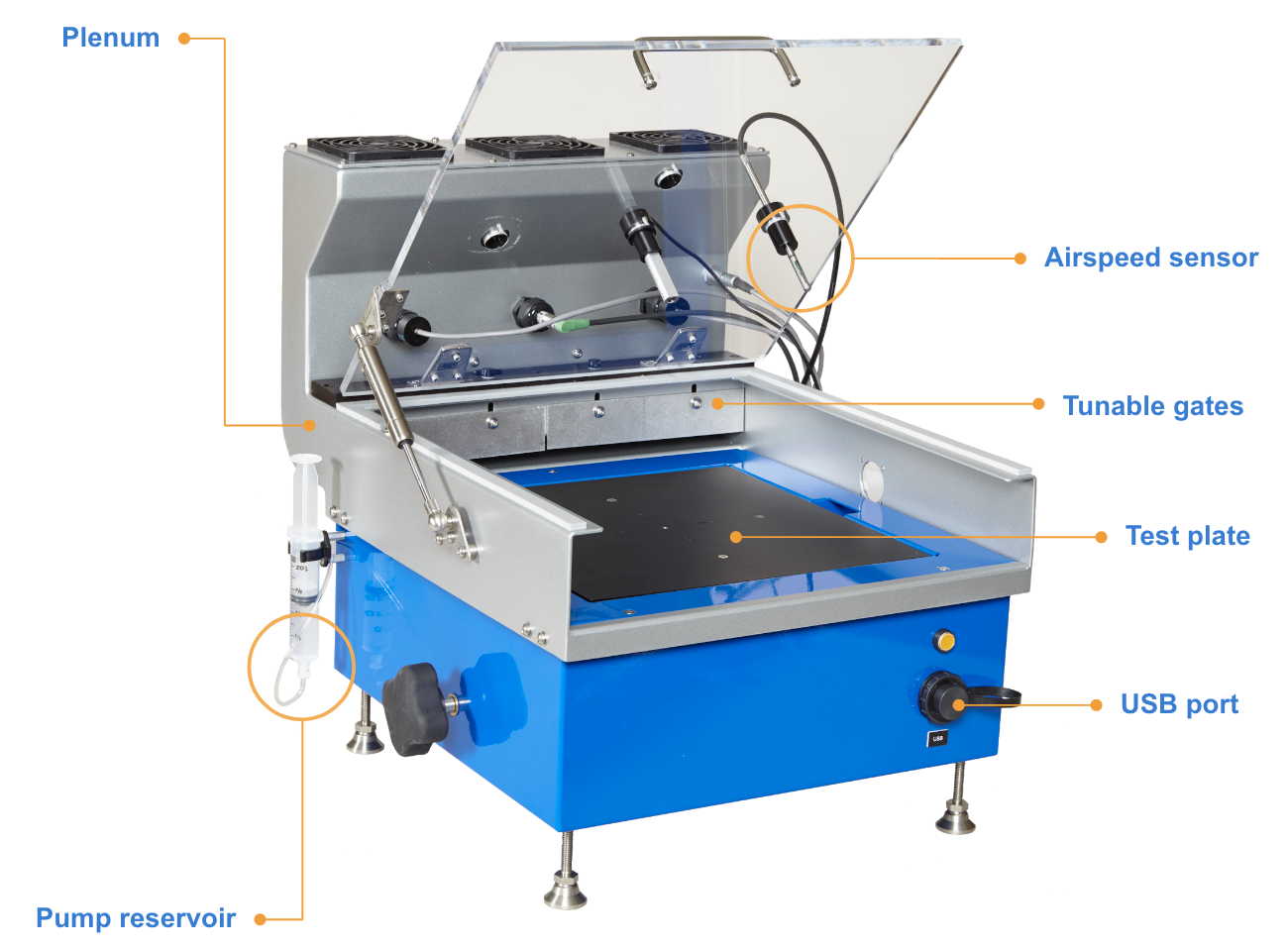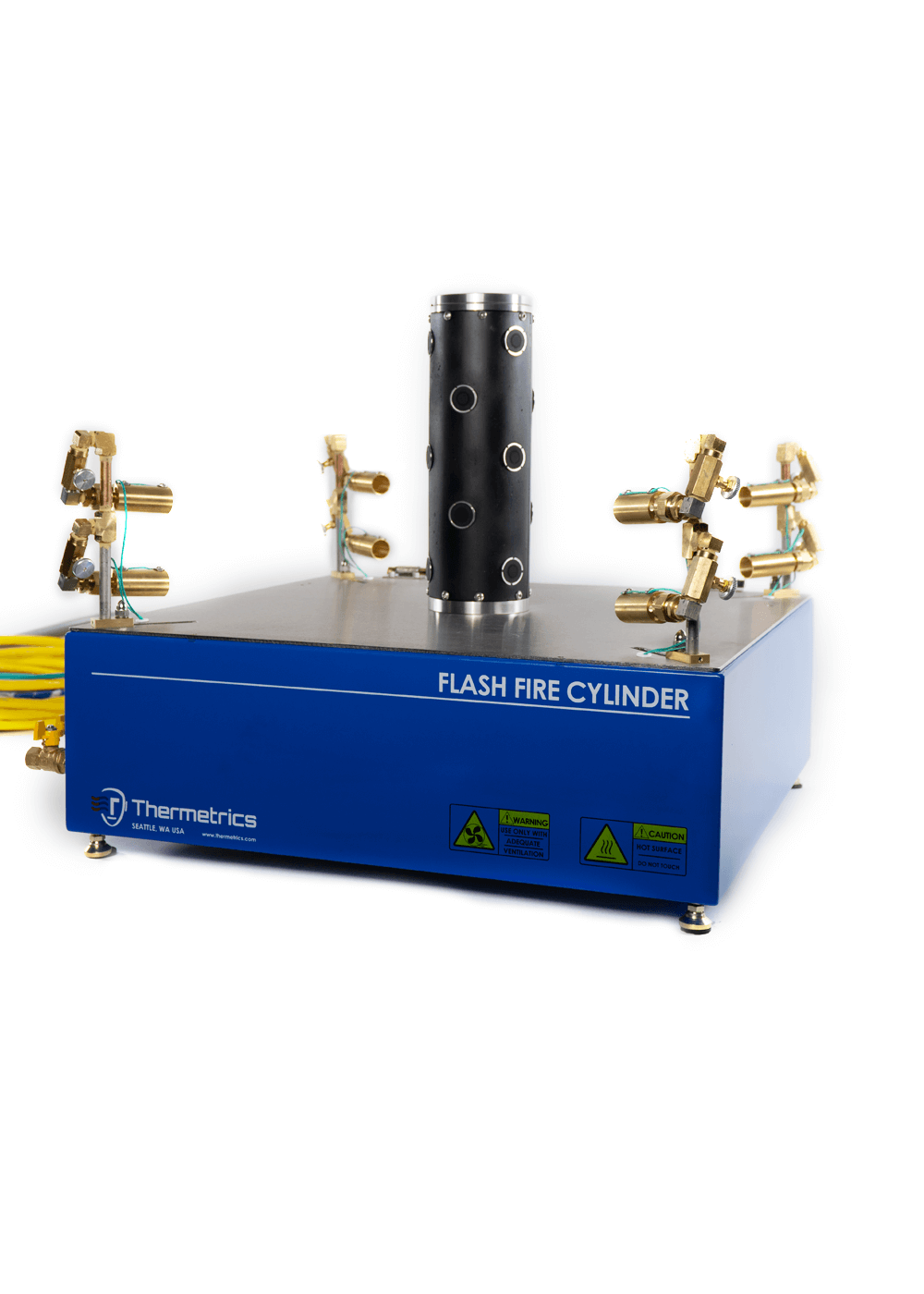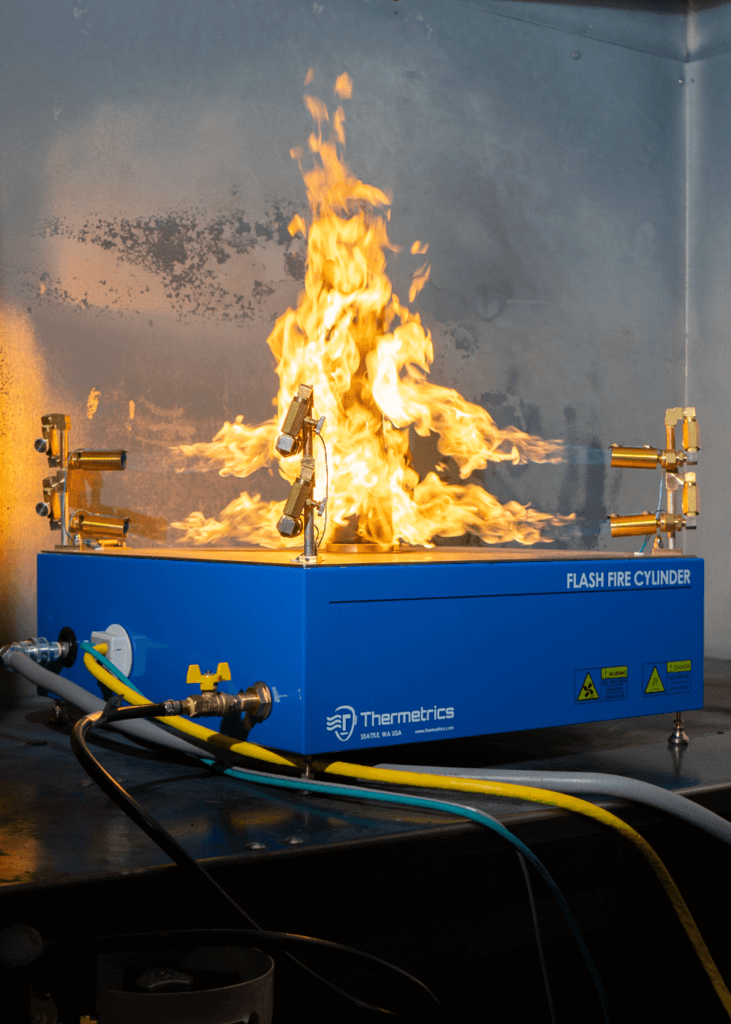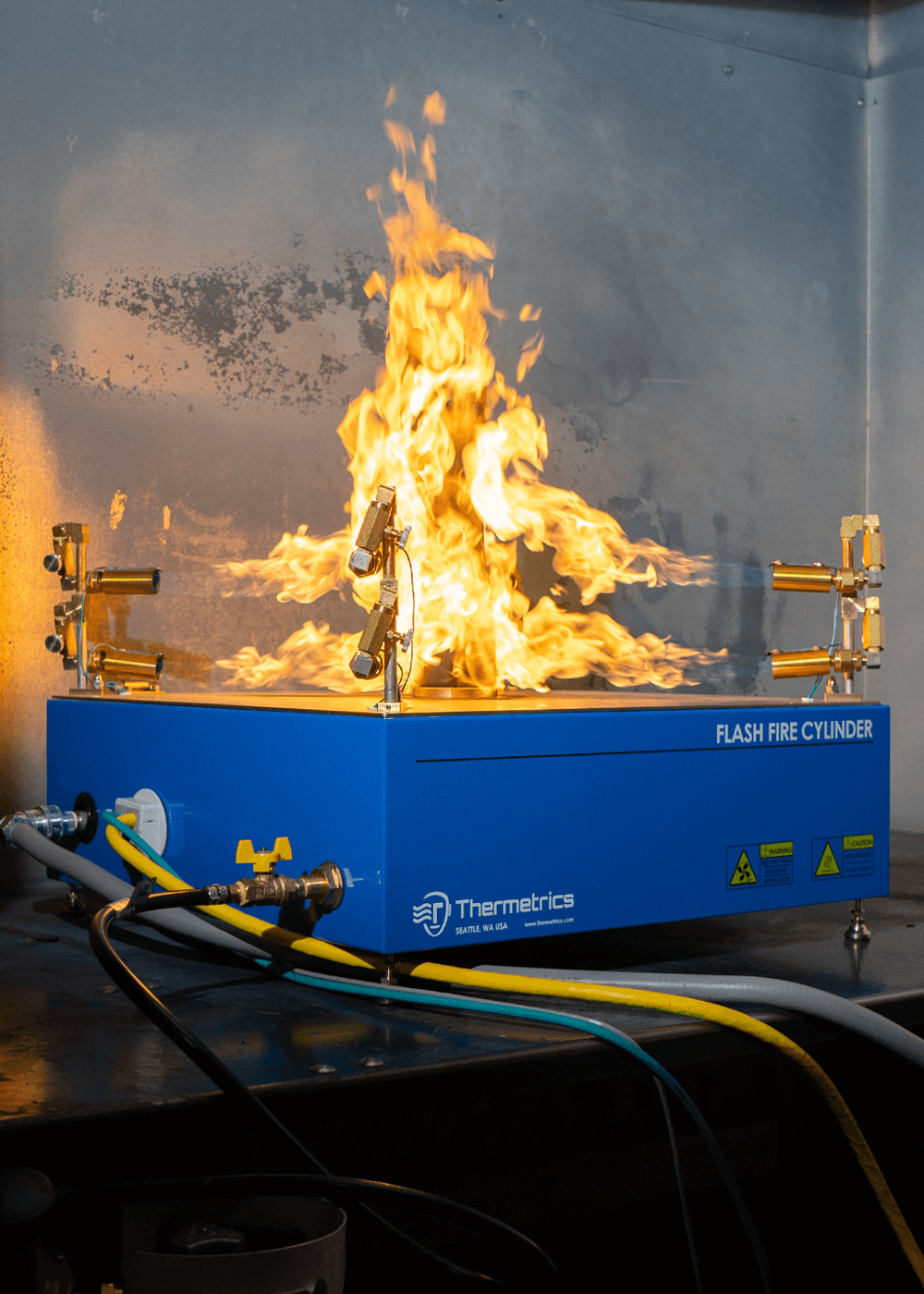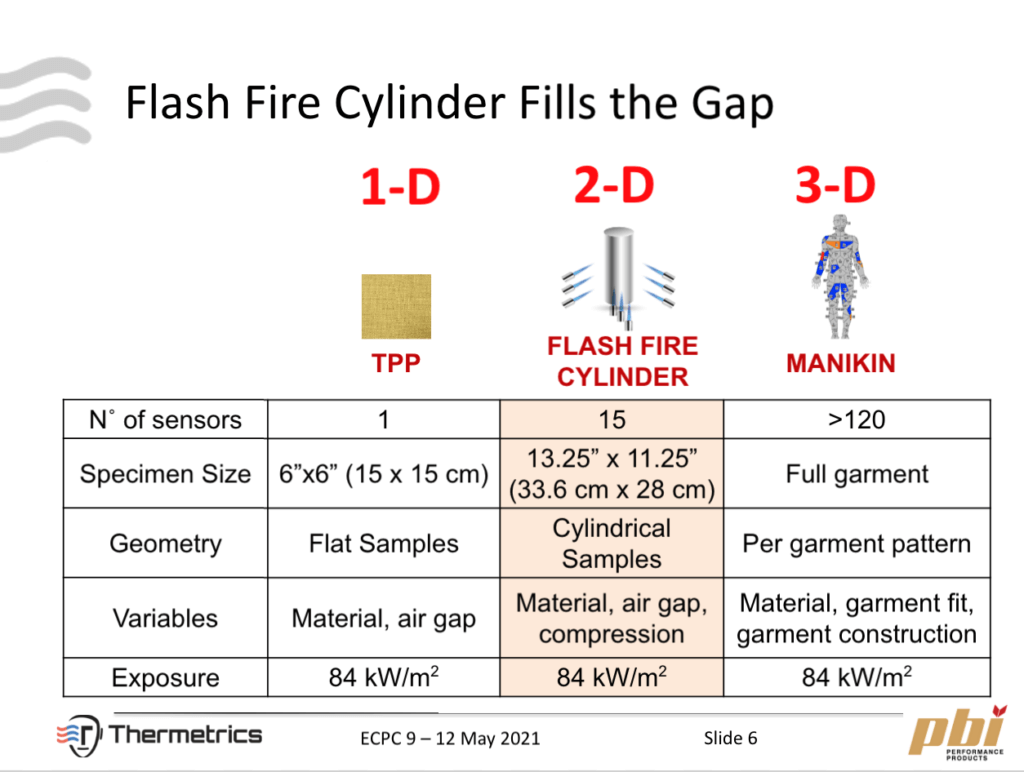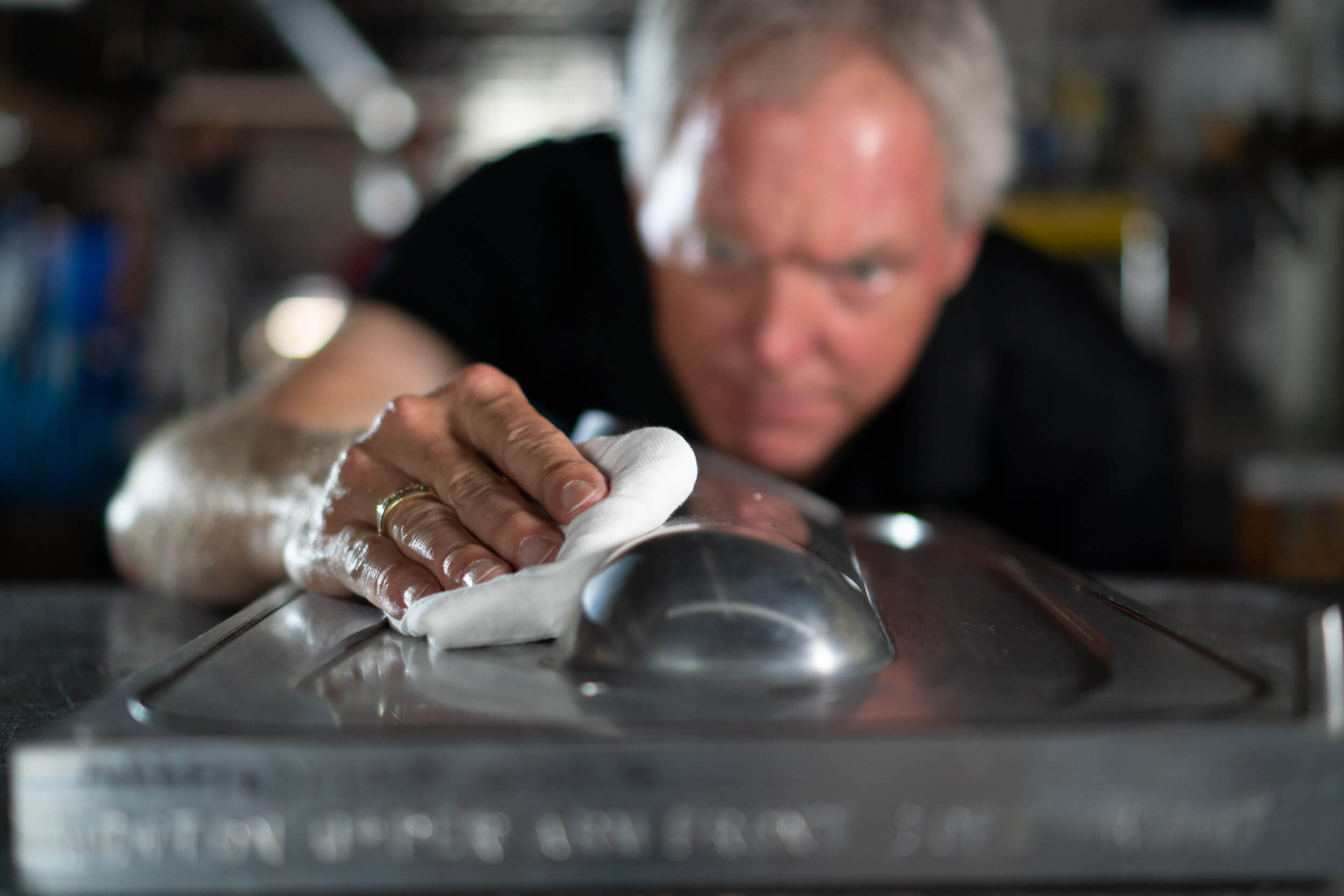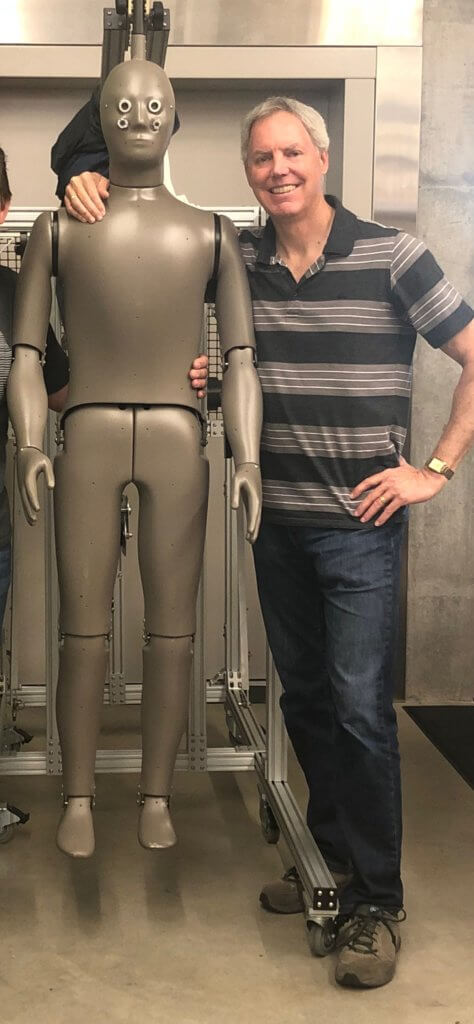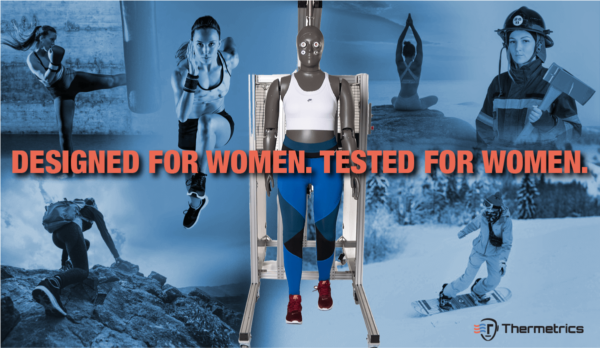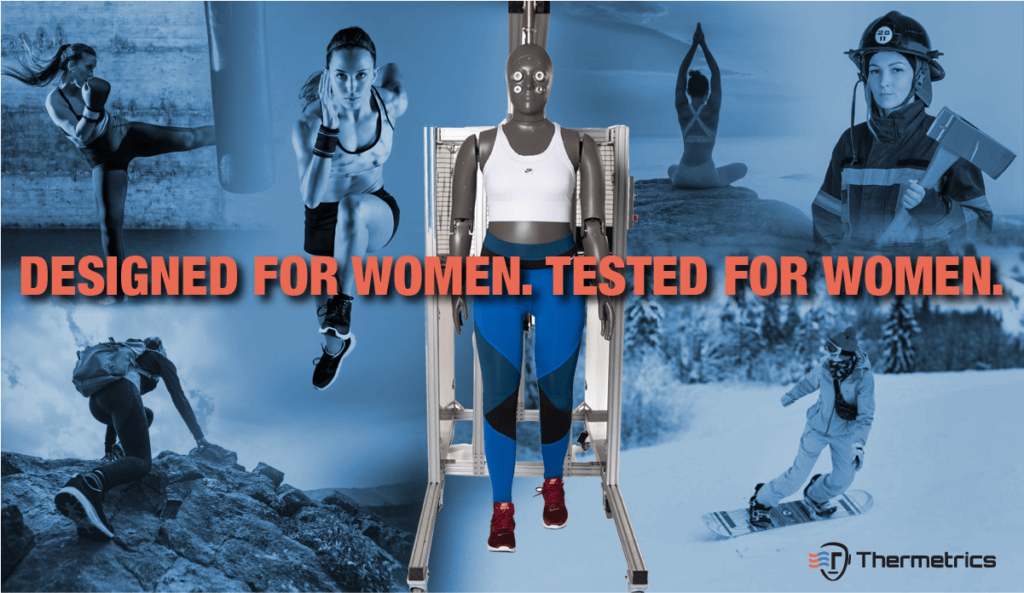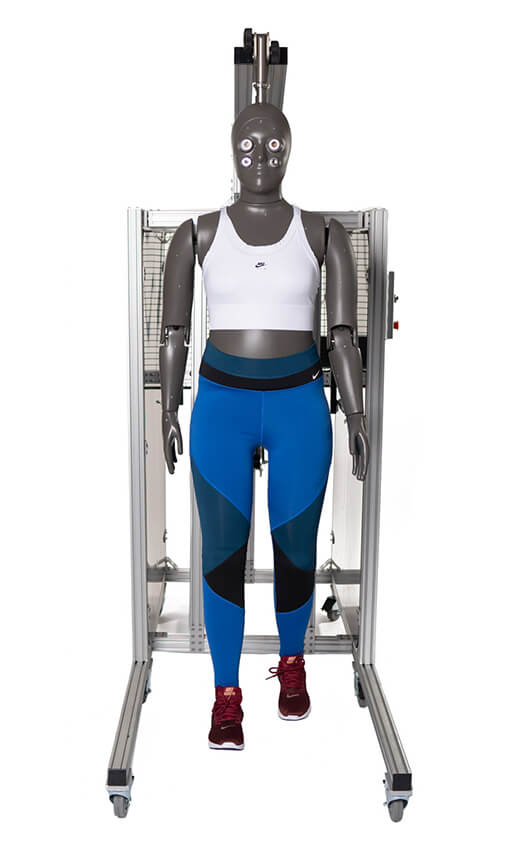Thermetrics just completed an extensive material review study and optimized our drying rate detection algorithm to cover a wider range of samples. Our DRT-201 has always provided reliable and consistent drying rate results for those samples that behave well. You know the ones—they wet out nicely, dry uniformly, and don’t change dimensions between dry and wet state. But the real world includes a complex array of materials and scenarios that don’t always fit within the guidance of the AATCC TM201 test method.
If you are testing samples with hydrophobic surfaces, membrane layers, or other samples that might push the boundaries of the test method, you will find the Thermetrics DRT-201 be an even more versatile instrument for both specialized research and production testing.
Dan Howe, Thermetrics engineer specializing in the DRT product put it this way: “In general, the machine does an automatic slope detection and computation to extrapolate moisture level based on sample surface temperature as described in the AATCC TM201 Test Method. It works very well with some materials but not at all with others. The more unusual a material you tested, the more prone to glitches it was, which I know has been frustrating to operators. We rewrote the software to be more robust when samples didn’t behave with a typical response curve. The range of testable samples is now larger and when a sample can’t be measured with the automatic detection, the system now provides a fault code to help the operators mitigate for future tests.”
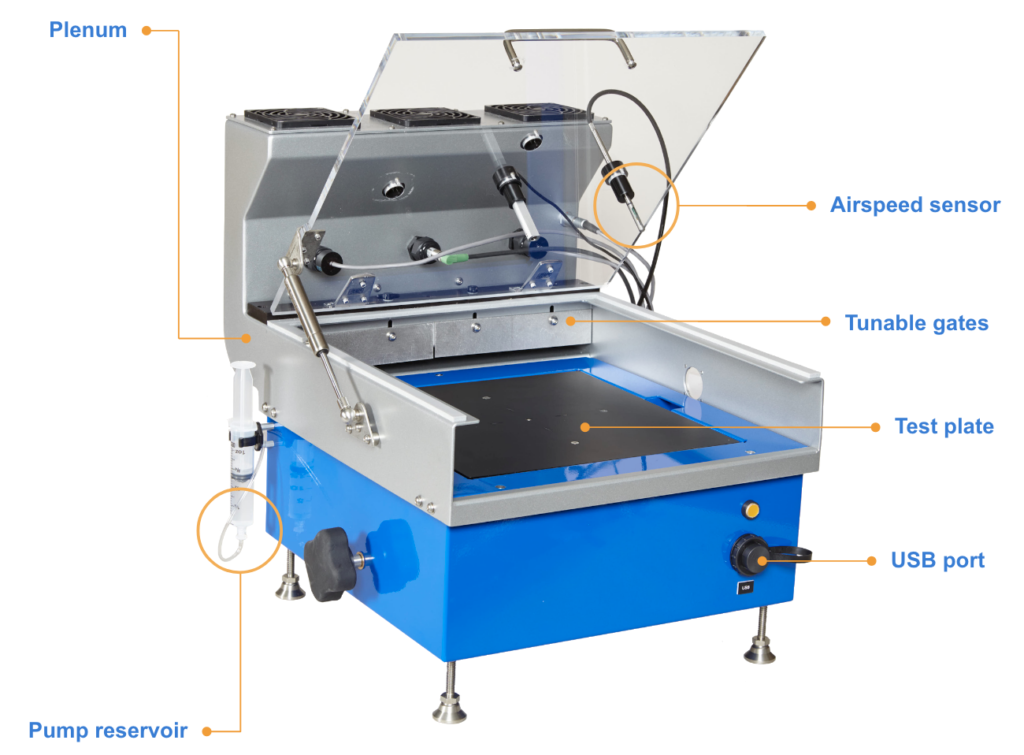
For more information about the Thermetrics Drying Rate Tester (DRT-201) or the new algorithm, please contact Thermetrics.


